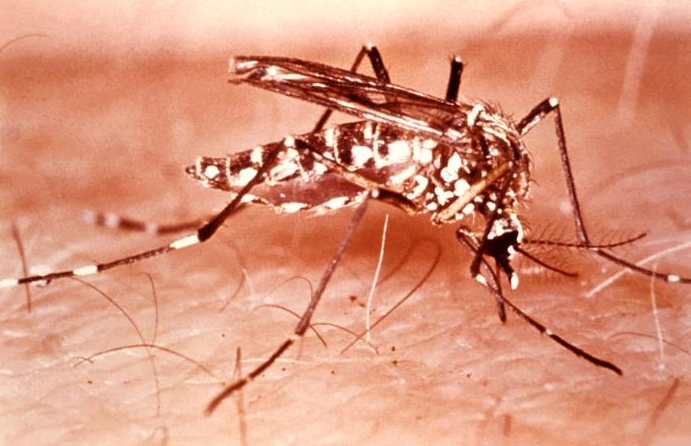The Regional Health Office–Geresa (computer translated) has reported 33 confirmed cases of dengue in several localities of Lambayeque this year. The regional manager of Health, Maria Collantes, explained that 18 of those cases were registered in Ferreñafe, six in Tumán, three in José Leonardo Ortiz, two in Lambayeque, while one in Pueblo Nuevo, Motupe, Olmos and Chiclayo.

In order to supervise dengue prevention and control activities in sectors VIII and IX of the district of Tumán, authorities from the health sector and the municipality came to the area to raise awareness among the population.
The intervention consisted of larval control house by house; personnel from the district municipalities of Tumán and Pucalá participated.
It was explained to the population that in the larval control pyriproxifen is poured into the containers where they store water, to avoid the development of the larvae to the adult stage and to avoid the transmission of diseases such as dengue, Zika and chikungunya.
The authorities called on the population to continue allowing health personnel to enter their homes in order to carry out activities to prevent and control dengue.
Dengue is a viral infection transmitted by the bite of an infected mosquito. There are four closely related but antigenically different serotypes of the virus that can cause dengue (DEN1, DEN 2, DEN 3, DEN 4).
- Dengue Fever (DF) – marked by an onset of sudden high fever, severe headache, pain behind the eyes, and pain in muscles and joints. Some may also have a rash and varying degree of bleeding from various parts of the body (including nose, mouth and gums or skin bruising).Dengue has a wide spectrum of infection outcome (asymptomatic to symptomatic). Symptomatic illness can vary from dengue fever (DF) to the more serious dengue hemorrhagic fever (DHF).
- Dengue Hemorrhagic Fever (DHF) – is a more severe form, seen only in a small proportion of those infected. DHF is a stereotypic illness characterized by 3 phases; febrile phase with high continuous fever usually lasting for less than 7 days; critical phase (plasma leaking) lasting 1-2 days usually apparent when fever comes down, leading to shock if not detected and treated early; convalescence phase lasting 2-5 days with improvement of appetite, bradycardia (slow heart rate), convalescent rash (white patches in red background), often accompanied by generalized itching (more intense in palms and soles), and diuresis (increase urine output).
- Dengue Shock Syndrome (DSS) — Shock syndrome is a dangerous complication of dengue infection and is associated with high mortality. Severe dengue occurs as a result of secondary infection with a different virus serotype. Increased vascular permeability, together with myocardial dysfunction and dehydration, contribute to the development of shock, with resultant multiorgan failure.
Dengue cases up 149 percent in Brazil, most in the southeast
Panama update on pertussis: 11 deaths in current outbreak
Chagas disease: Two dozen cases reported in Yucatan state, Mexico in one week
Costa Rica investigates imported measles case, 1st since 2014
Venezuela: Malaria cases top 1.3 million in 2018, according to Global health organizations
Colombia: ‘Dengue epidemic this year could reach 120,000 cases’

